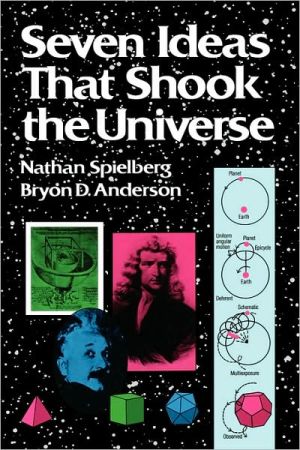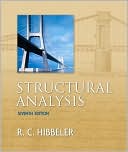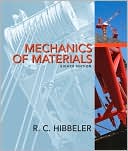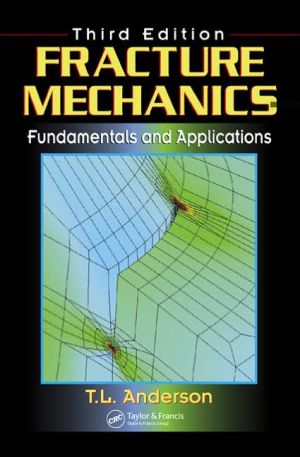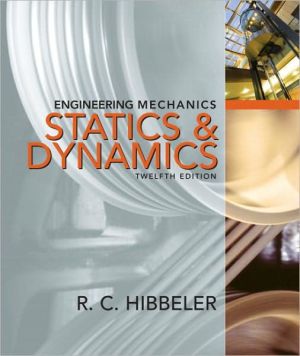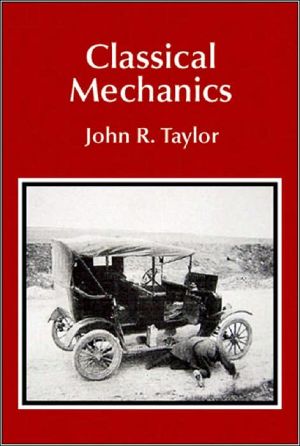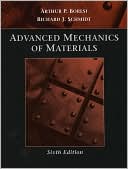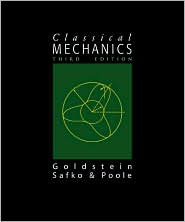Seven Ideas That Shook The Uni
A layman's history of the seven most important themes in physics: Copernican astronomy; Newtonian mechanics; the concepts of energy and entropy; relativity; quantum theory; conservation principles; and symmetries. The authors explain each concept in a simple, straightforward style, considering each in the context of its time and as it developed over time, and assessing its impact on the way we think about time, space, matter, even existence itself. Vividly brings to life the drama of...
Search in google:
Is there an objective world, or is everything relative? Do matter, time and space change, or do they remain constant everywhere in the universe? Is there always a relationship between cause and effect, or do some things "just happen?" Many of our basic ideas about the world have been shaped by science—but seldom are such discoveries accepted easily or willingly. Here are seven of the most important ideas in physics—ideas that shattered the assumptions of dogmatists, philosophers and scientists—explained simply and elegantly. And you don't need a background in mathematics or science to enjoy this fascinating book. Seven Ideas That Shook the Universe explores the history of seven important themes in physics: Copernican astronomy, Newtonian mechanics, energy and entropy, relativity, quantum theory, and conservation principles and symmetries. Together these discoveries form the foundation of our understanding of the physical world. Nathan Spielberg and Bryon Anderson explain each concept in a simple, straightforward narrative style, considering each in the context of its times and assessing its impact on the way we think about time, space, matter, even existence itself. For the science lover and the intellectually curious, Seven Ideas That Shook the Universe brings the drama of scientific discovery to vivid life. School Library Journal YA A nontechnical discussion of the major aspects of physics, this is a revised edition of a college text intended for liberal arts majors. The ``seven ideas'' include: Copernican astronomy, Newtonian mechanics, the energy concept, entropy and probability, relativity, quantun theory, and conservation principles and symmetries. In the first two sections Spielberg and Anderson give an exciting historical account of the events that gave rise to what is now known as classical physics. They make readers understand the importance of the work of such men as Kepler, Copernicus, Galileo, Newton, and others. The authors also do a fairly good job of making readers understand the excitement in the new physics of today (quarks, leptons, the color force, etc.). The ideas of relativity and quantum physics are not as vividly presented, but on the whole, the book succeeds in providing a descriptive lesson on the ``history of physics.'' High-school physics and chemistry students, as well as teachers, should find the book useful as a reference. Robyn Schuster, Episcopal High School , Bellaire
Partial table of contents:INTRODUCTION.Dominant Themes in Physics.Science and Other Areas of Human Endeavor: Distinctions and Similarities.COPERNICAN ASTRONOMY.Early Scientific Stirrings in the Mediterranean Area.Geocentric Theory of the Universe.The Heliocentric Theory: Revival by Copernicus.New Data and a New Theory.NEWTONIAN MECHANICS AND CAUSALITY.Aristotelian Physics.Galilean Mechanics.Logic, Mathematics, and Science.THE ENERGY CONCEPT.Interactions and Conservation Laws.Heat and Motion.ENTROPY AND PROBABILITY.Heat and Temperature.The Natural Flow of Heat.Transformation of Heat Energy into Other Forms of Energy.The Third Law of Thermodynamics.RELATIVITY.Galilean-Newtonian Relativity.Attempts to Detect the Ether.General Theory of Relativity.QUANTUM THEORY AND THE END OF CAUSALITY.Cavity of Blackbody Radiation.The Nuclear Atom and Atomic Spectra.The Use of Models in Describing Nature.The Impact of Quantum Theory on Philosophy and Literature.CONSERVATION PRINCIPLES AND SYMMETRIES.The Nuclear Force and Nuclear Structure.Conservation Laws and Symmetries.Index.
\ School Library JournalYA A nontechnical discussion of the major aspects of physics, this is a revised edition of a college text intended for liberal arts majors. The ``seven ideas'' include: Copernican astronomy, Newtonian mechanics, the energy concept, entropy and probability, relativity, quantun theory, and conservation principles and symmetries. In the first two sections Spielberg and Anderson give an exciting historical account of the events that gave rise to what is now known as classical physics. They make readers understand the importance of the work of such men as Kepler, Copernicus, Galileo, Newton, and others. The authors also do a fairly good job of making readers understand the excitement in the new physics of today (quarks, leptons, the color force, etc.). The ideas of relativity and quantum physics are not as vividly presented, but on the whole, the book succeeds in providing a descriptive lesson on the ``history of physics.'' High-school physics and chemistry students, as well as teachers, should find the book useful as a reference. Robyn Schuster, Episcopal High School , Bellaire\ \ \ \ \ BooknewsA text for a general education or cultural course in science, assuming the reader has a high-school level of algebra. Celebrates milestones leading to the currently held scientific beliefs. Updated and somewhat refocused from the 1985 edition. Annotation c. Book News, Inc., Portland, OR (booknews.com)\ \
